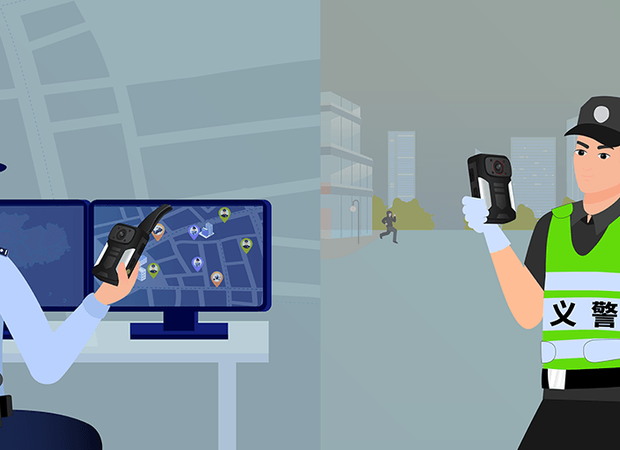China’s Typing Triumph
An Excerpt from ‘The Chinese Computer: A Global History of the Information Age’
on June 26, 2024
A standard QWERTY keyboard has a few dozen keys. How can Chinese—a language with tens of thousands of characters and no alphabet—be input on such a device? To answer this question, one needs to return to the beginnings of electronic Chinese technology in the wake of World War II, and follow up through to its many iterations in the present day. In particular, we need to examine the development of Chinese “input methods”—software programs that enable Chinese characters to be produced using alphanumeric symbols—and the profound impact they have had on the way Chinese is written. Today’s dominance of predictive text input, along with its unprecedented speed and ubiquity across both ideographic and alphabetic languages, owes its direct lineage to these input methods.








